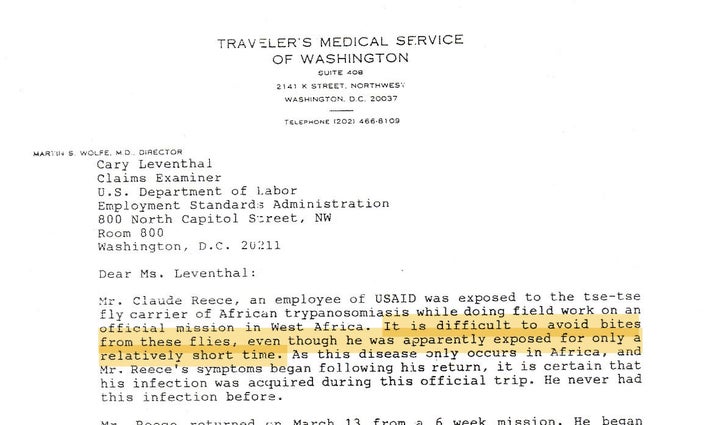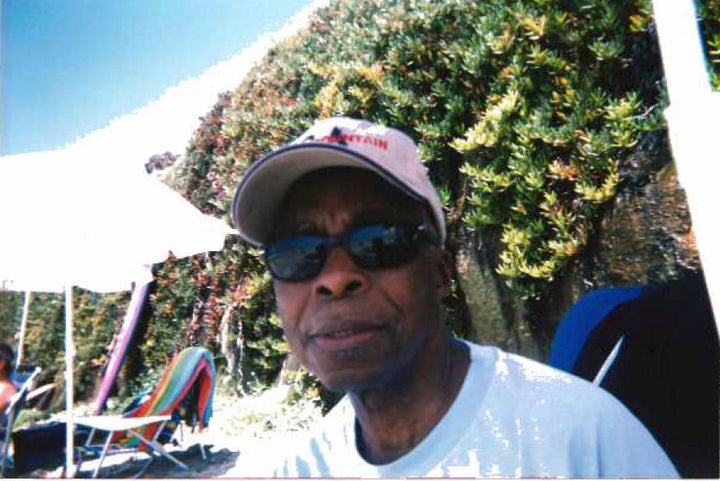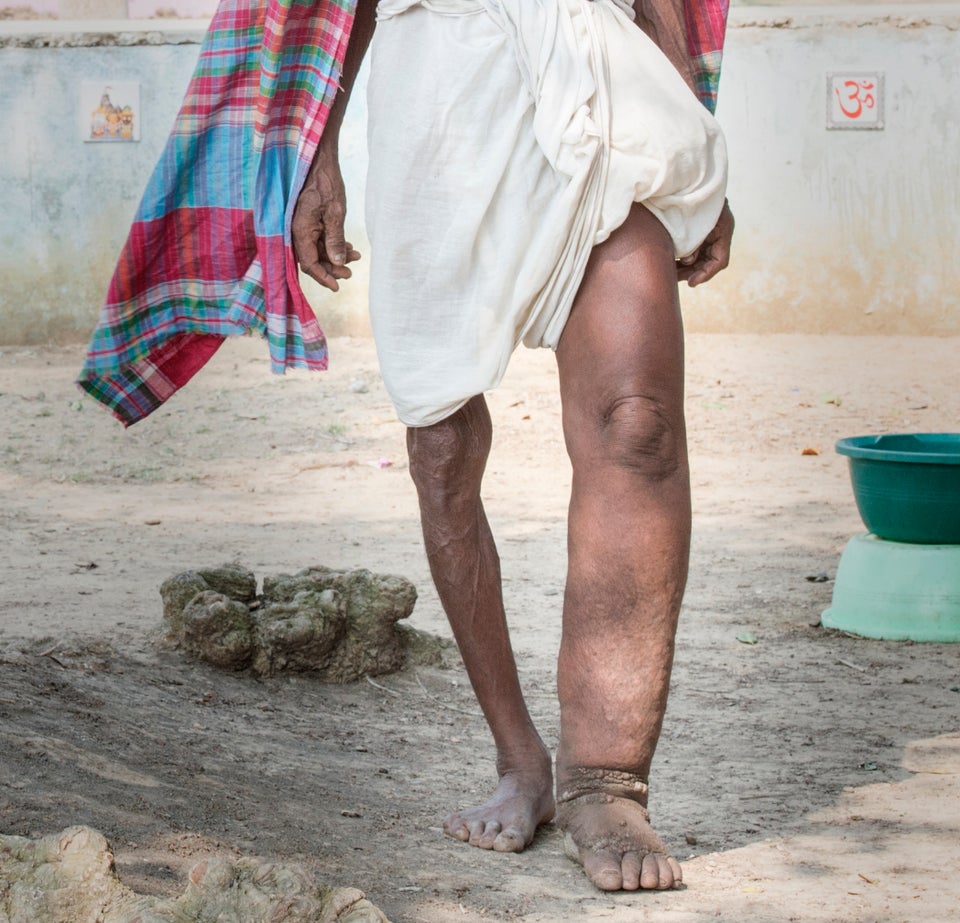This article is part of HuffPost’s Project Zero campaign, a yearlong series on neglected tropical diseases and efforts to fight them.
Lying in a hospital bed at the State Department medical unit in Washington, D.C., Claude Reece suspected he might have contracted malaria.
It was 1995 and the American was sent back to the U.S. after coming down with a fever, sweats, pounding stomach aches and headaches, while on his first assignment working as a USAID country desk officer for Chad.
“I felt that whatever ailment I contracted could be treated by the Medical Unit,” Reece told The Huffington Post ― that’s why he had been sent back to Washington. But the malaria test came back negative.
Instead, the doctors told Reece a blood test revealed he had contracted Human African trypanosomiasis or “sleeping sickness.” The disease is caused by parasites transmitted by infected tsetse flies. And it’s 100 percent fatal if untreated. The doctors told Reece they had never come across anyone with the disease before. They told him they had no medications to give him.

“I thought I was going to die,” Reece said. “I told my wife that. I told my children that. I told everybody that.”
“We prayed,” he added.
When the doctor tells you there is no drug for what you have
Reece knew what sleeping sickness was. Prior to spending those four weeks in Chad, earlier assignments working for USAID had taken him on several trips to Zimbabwe.
Reece ― who said he is a religious man ― had spent afternoons at a local church he belonged to treating the sick in the community.
“I saw people die from trypanosomiasis,” Reece said, referring to sleeping sickness.
Other than in extremely rare cases (like Reece’s), it is only found in Africa because the tsetse flies that spread the disease are only found on that continent.
“It is difficult to avoid bites from these flies, even though [Mr. Reece] was apparently exposed for only a relatively short time,” a note from the physician who treated Reece read.

In most cases the disease progresses slowly, taking several months or even years for symptoms to appear ―while other cases progress within just a few months or even weeks.
In its advanced stages sleeping sickness invades the nervous system and causes severe sleep disruptions, paralysis, progressive mental deterioration and eventually death (without an effective treatment).
Researchers are currently in the process of (and very close to) developing two separate treatments, one of which if successfully tested would be a one-dose cure for the disease. The drugs, along with other new therapies and diagnostics, could help stamp out sleeping sickness in the next few years. But without adequate funding to make the potentially life-saving drugs available, the number of cases of the disease could rebound.

The only hope is a drug that has not been tested
Back in 1995 after Reece’s doctors told him he had sleeping sickness, Reece was admitted to George Washington University Hospital. He recalled having a large room to himself. Each day the headaches and the stomach aches got worse.
When friends came to visit him in the hospital they would begin a conversation and Reece would fall asleep mid-sentence. Reece said his friends told him he would be “talking to them one minute and then I was asleep.”
Reece said at that point he did not expect to leave the hospital.
But after a couple of weeks in the hospital his doctors had good news. They had been able to get an experimental drug that a company in Texas was testing to treat sleeping sickness.
“I was hopeful and prayerful.”
- Claude Reece
“My response was to go ahead and use [it],” Reece said. “I was hopeful and prayerful.”
Reece was hooked up to an IV unit and had to receive several rounds of injections of the drug over several weeks, he said. Reece remembers sleeping a lot.
And then the aches and pains started to go away. After more than a month of being in the hospital in Washington D.C., Reece was released. At that point he said his symptoms had completely vanished.
Completely cured
The treatment Reece received would become part of a drug cocktail that is currently used in Africa to treat cases of sleeping sickness. The treatment helped end the most recent sleeping sickness epidemic on the continent, which reached its peak in 1998, with more than 38,000 reported cases.
But the life-saving drug is difficult to administer in rural African communities because it requires that individuals receive several injections per day over several weeks.
That’s why experts say a one-dose cure ― like one of the new treatments the nonprofit Drugs for Neglected Diseases Initiative is currently testing ― has the potential to actually be used more widely and get rid of the disease. A second treatment DNDi is testing also offers a big potential to be more widely distributed: Patients would only need to take one pill a day for 10 days.

“It is expected that these medicines, once developed and approved, can greatly help in eliminating the disease,” Ashok Moloo, a spokesperson for the World Health Organization, previously told HuffPost.
Reece, now 79, said he has had no lingering effects from the disease.

“Everybody always asks me that,” Reece said. “Right up until now, there have been no effects. None.”
Reece and his wife had planned a trip to Europe in 1995 after Reece was scheduled to return from Africa. After being released from the hospital, Reece’s doctors told him to take the trip as planned, he said. He had a follow up visit with the doctor after returning from that trip and was told he was completely cured.
Ongoing, collaborative research efforts could make that final prognosis a reality for many many more people.
DNDi is a recipient of grants from the Bill & Melinda Gates Foundation, which also funds HuffPost’s Project Zero series. All content in this series is editorially independent, with no influence or input from the Foundation.
If you’d like to contribute a post to the series, send an email to ProjectZero@huffingtonpost.com. And follow the conversation on social media by using the hashtag #ProjectZero.
Sarah DiGiulio is The Huffington Post’s sleep reporter. You can contact her at sarah.digiulio@huffingtonpost.com.
More stories like this:

